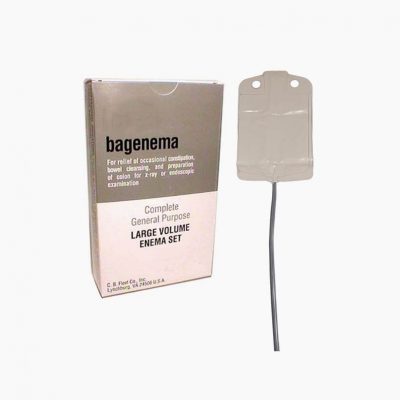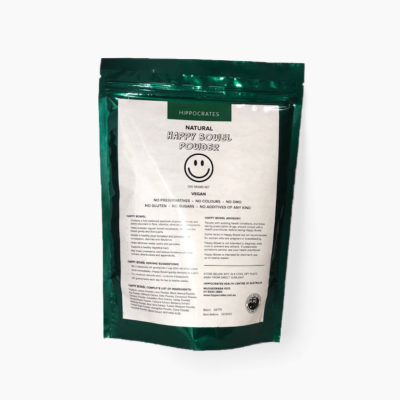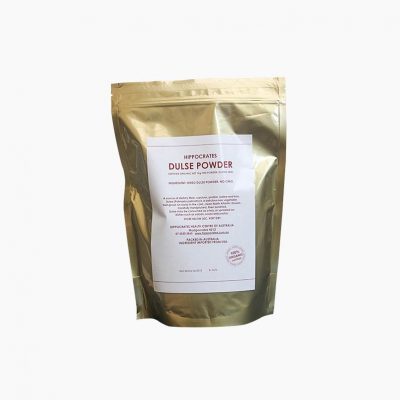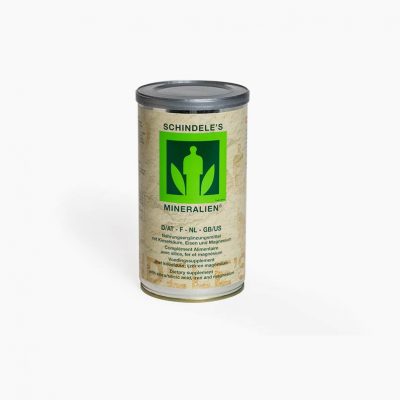
Remineralize with Schindele’s Austrian Minerals
Many people today were not alive or do not remember the Chernobyl disaster of 1986. Some remember it vividly.
In the years leading up to Chernobyl, some dairy farmers in Austria were using remineralization as a part of their operations. They added rock dust to liquid manure as well as combining it with compost, thereby removing odors and greatly increasing soil biota. As a result, cows had twice the normal lifespan and produced much more milk. Amazingly enough, after Chernobyl, the cheeses that were remineralized (as well as biodynamic cheeses) measured no radioactivity whatsoever. Austrians would stand in long lines in order to buy these safe, remineralized products.
The year before Chernobyl, flimmakers produced a documentary in Europe on remineralization, and visited some of the companies that were producing rock dust to be used specifically for agriculture and forestry, including the company of Robert Schindele. He discovered that the trees and plants on his property that were growing alongside gravel roads were stronger and healthier than the trees that were not. Schindele deduced that this was because cars driving on the gravel produced a cloud of rock dust that settled on the nearby vegetation and positively affected their growth. This led him to promote and publicize the rock dust that he produced from his quarry. It generated such success that he received constant media attention and people queued up in their cars on the road to his property as if they were taking a pilgrimage to Lourdes.
Schindele spoke passionately about saving the dying forests with rock dust. Many news headlines in the late 1980s focused on dying forests; forests declining in Europe and the US due to stress from acid rain and the accumulation of heavy metals in forest soils. Remineralization neutralizes the pH, creating a buffer so that heavy metals are not taken up by the plants and trees. Dr. Robert Bruck, Ph.D., a well-known forestry pathologist, observed remarkable recoveries from air pollution effects from application of mineral slurries and/or dusts in the Black Forest.
Schindele also began taking it internally and realized it was very good for people as well, a discovery which led him to begin selling finely ground rock dust as a health supplement.
Schindele’s product was even used in the wake of the Chernobyl disaster. So how is it that rock dust can lower levels of radiation in the body? It may seem too good to be true, but in fact it is not so far fetched.
As David Yarrow wrote in 2006:
To achieve maintenance of homeostasis, biological organisms use highly organized structures, intricately designed from a diverse set of molecular and atomic building blocks to carry out the many tasks involved in healthy functioning. Metal ions such as minerals and trace elements are used in biological systems for such important tasks as catalyzing biological reactions and stabilizing complex protein structures. This is why it is so important for any biological system to have access to a broad spectrum of minerals and trace elements. It is also one of the root causes of radiation sickness, as the destructive atomic forces of radioactive particles alter natural metal ions, damaging the delicate biological structures in which they play an integral part.
The intelligence of Nature tends to work to maintain health. Life on earth has evolved systems to selectively incorporate healthy minerals and trace elements into biological structures, and to repair the damage done by low levels of radiation, which is a common phenomenon even in Nature. Plants, for example, will selectively uptake healthy metals over radioactive particles if given the choice. However, under high levels of radioactive stress such as those encountered during a nuclear disaster, those systems become stressed and cannot cope with the damage, resulting in radiation sickness. Replenishing these systems with remineralized foods or a finely ground rock dust supplement is an important part of coping with this unprecedented radioactive stress.
Rock dust for bioremediation is a simple, natural and inexpensive means of alleviating the impact of radiation. As history shows through the Chernobyl disaster, remineralization makes a significant difference.




